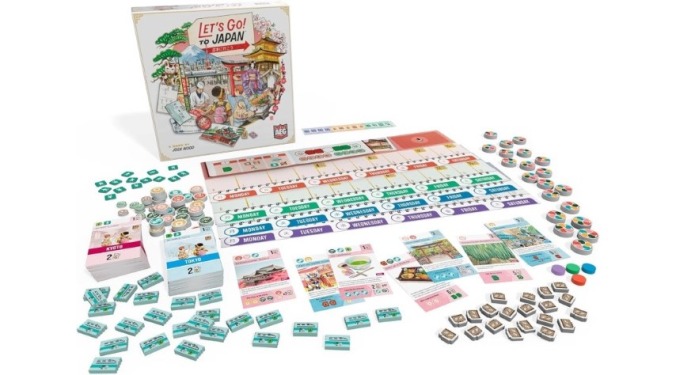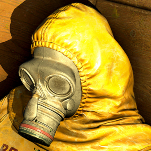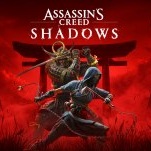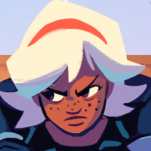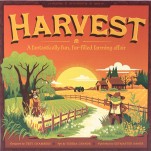Let’s Go to Japan Lets You Go to Japan (in Board Game Form)
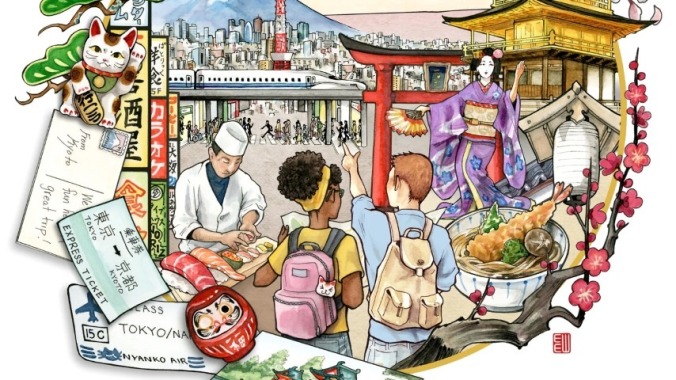
Josh Wood had always wanted to go to Japan, so he and his girlfriend spent three years saving up and planning for a trip there. They had everything booked … for the summer of 2020. So he did what any normal, well-adjusted person would do in that situation: He turned all of his notes and plans into a board game, called Let’s Go to Japan. I’m sorry for Josh’s struggles (although I understand he did eventually get to Japan after the country re-opened to tourists in October 2022), but his temporary loss is our gain. This game rocks.
Let’s Go to Japan sticks to its theme: Each player will draw and play cards to plan a six-day itinerary to Tokyo and Kyoto over 13 rounds, at the end of which the players score their trips from Monday to Saturday so that places you visit on previous days help you score cards from later in the week. There’s a mixed card-drafting mechanic where you draw two or four cards, playing half and passing the other half to a neighboring player, although the game makes it easy to get new cards if you ever find yourself stuck or facing a hand of less interesting stops. The scoring revolves around set collection and sequencing, as most cards give you one or more symbols representing the type of activity it is and whether it boosts your mood (giving you energy or saving you money) or brings you down (exhausting you or sapping your wallet).
The game has two decks, one for Tokyo and one for Kyoto, and in most rounds you’re taking cards from each. Over the course of the six days, you can move between the cities as often as you want, but you’ll need to take trains between them and those typically cost you two victory points per train you use. When you start each game, one player places an activity token at random on each of the six days, with the other players then matching the pattern; these tokens then determine the preferred activity type for that day for all players. You can play up to three cards per day (with one exception, but put a pin in that), and once you’ve filled up a day that way, you claim a bonus based on how many of the matching activity icons you have on those three cards. These bonuses include research tokens that let you draw three cards from either or both decks, then discarding any three cards from your hand; wild card tokens that can serve as an icon of your choice at game-end; luxury trains, which are worth +2 points and let you avoid the two-point penalty of riding with the hoi polloi; and Walk cards, which you take from either deck and add face-down to that day, revealing it at final scoring to decide how to use it. When you play a card to any day, you choose whether to put it on top of any cards already there or to slide it behind the top card, in which case you can only see its icons and base victory points.
-

-

-

-

-

-

-

-

-

-

-

-

-

-

-

-

-

-

-

-

-

-

-

-

-

-

-

-

-

-

-

-

-

-

-

-

-

-

-

-

